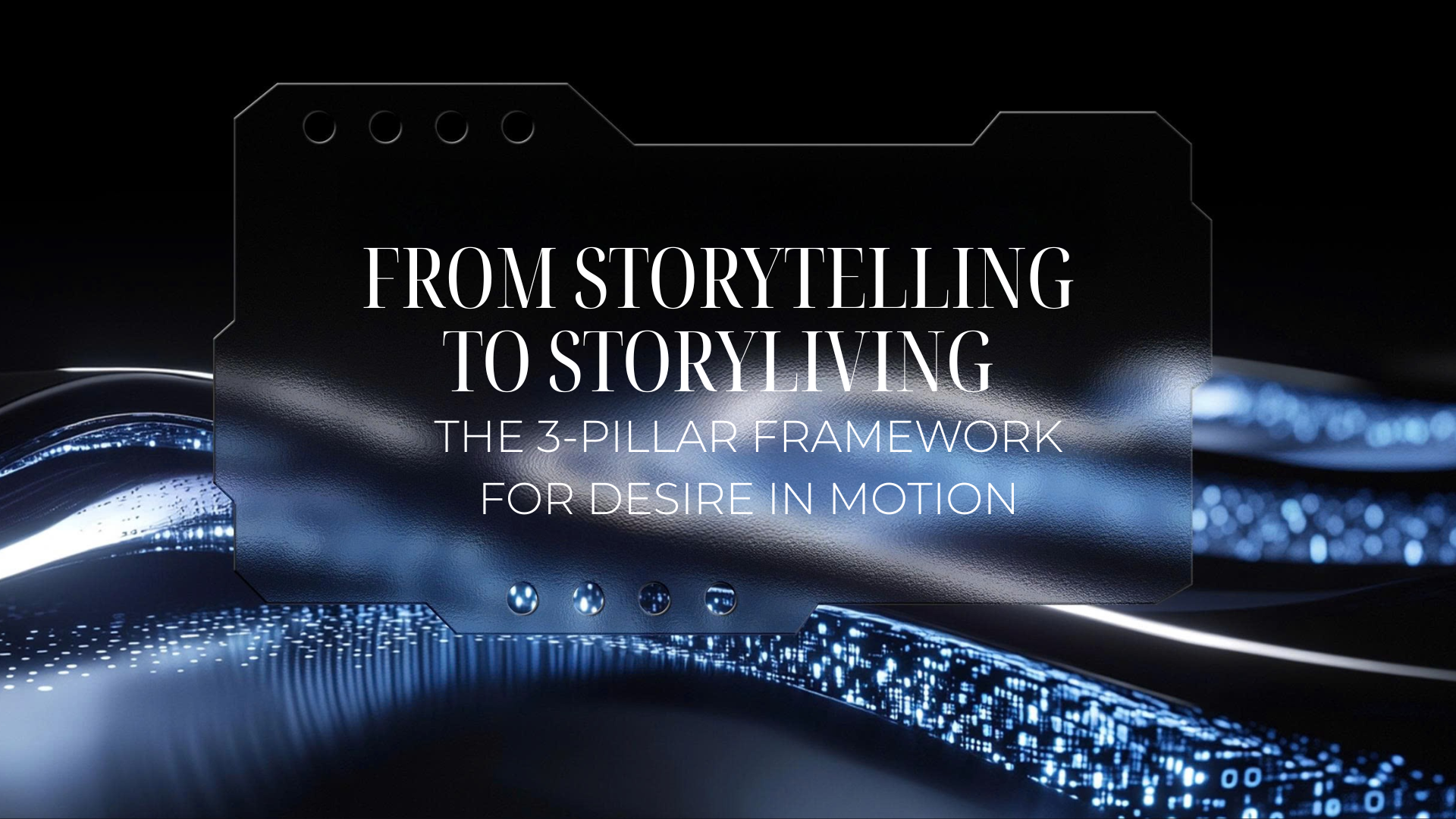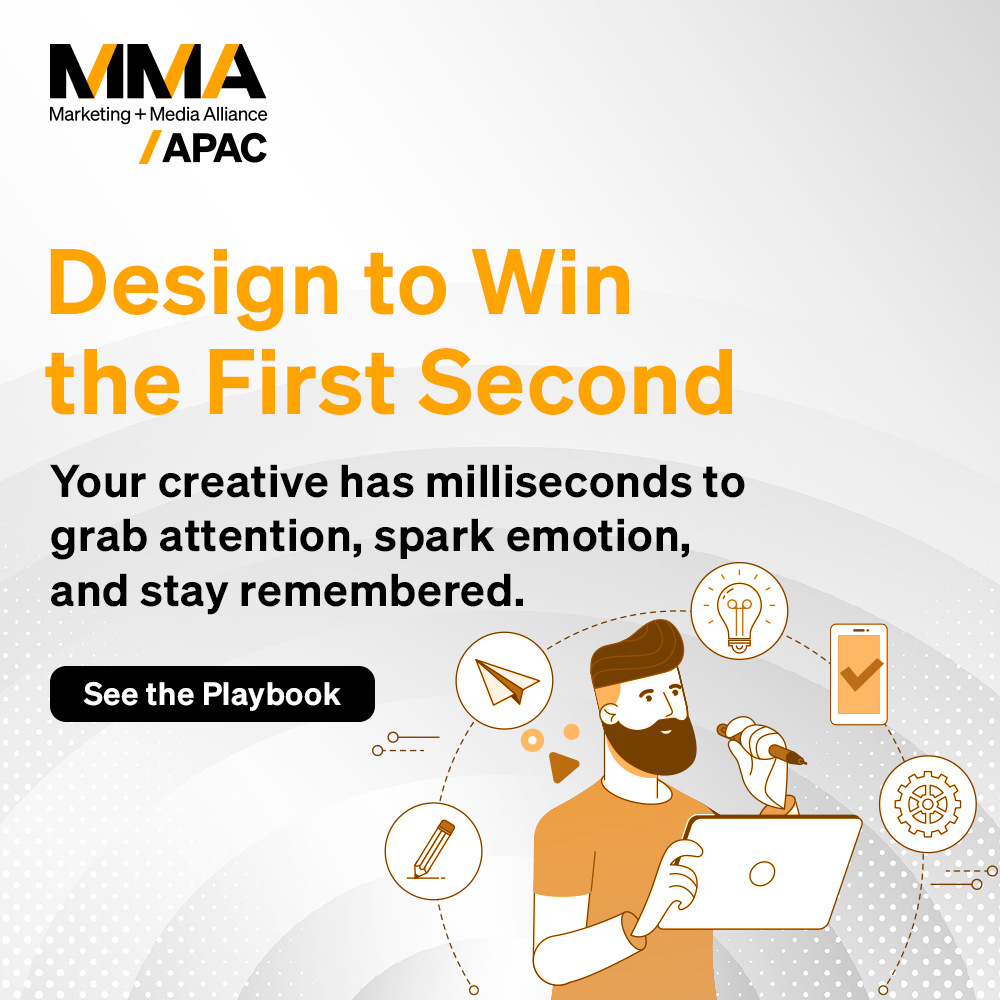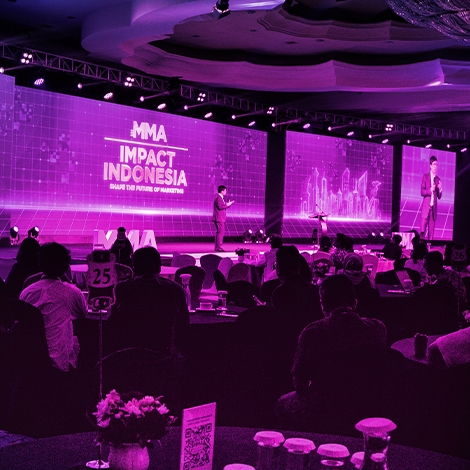
When you’ve spent long enough in marketing, you realize one truth — people don’t believe in stories anymore; they believe in what they can feel.
Luxury, especially, has moved beyond the age of storytelling.
Today’s generation of high-value consumers doesn’t want to be told what to think. They want to experience what a brand stands for — through emotion, culture, and human connection.
That’s why I believe the future of luxury lies in Storyliving — where brand meaning is not communicated, but lived across every touchpoint.
Luxury is no longer built on attention; it’s built on continuity of desire — a brand’s ability to remain emotionally alive in people’s lives.
From what I’ve seen, three creative forces are reshaping this evolution — each demanding both courage and long-term consistency.

-
Executive Influence 3.0
The role of leadership has changed.
People no longer follow brands; they follow people behind brands.
A CEO’s philosophy, a founder’s worldview, or a creative director’s honest reflection often carries more weight than any campaign.
But not every leader should speak — only those whose temperament, values, and instincts naturally align with the brand’s DNA.
Sometimes it’s the visionary founder; other times, it’s the creative director or the product owner who lives the craft every day.
When leadership becomes a living expression of the brand, trust turns into timeless equity.
This isn’t about personal branding. It’s about embodied branding — when the person and the purpose move in harmony.
-
Branded Culture Shows
Luxury used to borrow the aura of culture — today, it builds it.
And in a world that’s overly connected, identity has become the new emotional anchor.
Every market, every land carries its own rhythm, values, and emotional language — and the most meaningful brands learn to speak it.
I’ve seen even the most experienced, well-traveled audiences — including the young generation — turn back to the familiar and meaningful: the local soul, the small rituals, the human touch that feels like home.
This is where luxury can truly reconnect — through authentic cultural storytelling, rooted in place and feeling.
The future belongs to brands that stop renting culture and start owning emotion.
That means crafting experiences, performances, or artistic expressions that bring local spirit to life — consistently, not occasionally.
Because culture can’t be “activated.” It has to be lived over years — ideally through a 3-year cultural strategy that allows emotions to grow roots.
-
Retailtainment 2.0 – The Minishow Era
Commerce has evolved into performance.
Livestreams, pop-ups, and boutique experiences are now intimate stages of emotion, where the connection matters more than conversion.
The “minishow” has become a new creative form — small in scale, deep in feeling, and perfectly human.
The same principle applies internally.
When brands empower their designers, engineers, and storytellers to share real perspectives, they cultivate a living influence system — not influencer marketing, but influence from within.
Because authenticity isn’t manufactured; it’s nurtured.
When everything becomes perfectly digital, the only thing that still holds value is the imperfection of human connection.
That’s where the future of luxury will live — not in louder campaigns, but in quieter, deeper conversations between people and meaning.
We are not algorithms chasing attention.
We are people searching for emotion, purpose, and each other.
And maybe that — above all — is where the next era of marketing will begin again.



















